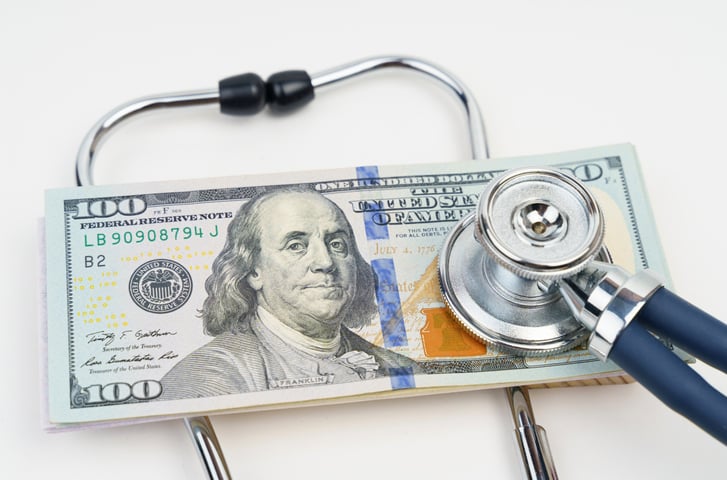Why You Should Always Get an Itemized Hospital Bill
When it comes to healthcare, sometimes it makes sense to get a second opinion. But when it comes to medical expenses, you should always get an...
2 min read
![]() Liberty HealthShare
Oct 5, 2022 8:45 AM
Liberty HealthShare
Oct 5, 2022 8:45 AM

Over the last 20 years, healthcare costs have surged beyond control, hindering the ability of many people to get quality, affordable health care. Individual health insurance premiums alone are expected to rise by 6% by 2023.
Overall healthcare costs are still expected to rise even more, and medical inflation carries a huge chunk of the blame. But how? Find out below about the mystery of medical inflation and its effect on healthcare costs.
When the price of a healthcare service (per person) rises over time, this is known as medical inflation. It may also be used to describe a surge in service usage. This often takes into account both the higher price of more expensive procedures and treatments as well as the increasing accessibility and use of these services.
The first step will be for providers to request higher reimbursement rates, and the second step will be for payers to pass on greater costs to employers and consumers, who have already experienced cost increases of more than 6% annually from 1999 to 2021.
The latest trends and innovations, such as new treatments, new drugs, or new technology, are great, and practical and increase the effectiveness of providing healthcare. As a result of these innovations, individuals have a better chance of surviving and managing serious illnesses, such as cancer and heart disease. However, all of these come at a cost to patients and healthcare providers.
Doctors and healthcare facilities must pay high prices to acquire these latest developments and equipment. Unfortunately, this means they have to increase the cost of treatment to offset the cost of these expensive—though reliable—innovations for the medical industry.
Several factors drive and push medical inflation towards affecting the costs of healthcare. Two common factors are:
This points to the change in the cost of a specific ongoing medical procedure or treatment. The change occurs primarily due to the change in the following sectors:
The shift in how many services are used per individual reflects the shift in how many medical services are used overall. Sometimes, though, this usage varies. For instance, it might shift toward cutting-edge, pricy medications and therapies.
Reasons that can cause this change include:
Other factors driving medical inflation include:
An estimate by HealthView Services found that a healthy 55-year-old couple might spend an additional $267,000 on medical expenses upon retiring at 65 if healthcare costs increase by 2% above consumer inflation for a few years. Over the course of their lifetime, this couple's medical bills will probably total more than $1 million. They can anticipate receiving benefits from Social Security in an amount that is practically identical to this.
Healthcare doesn't have to be expensive. However, if your current healthcare costs are overwhelming, you can take advantage of the options available to pay for medical expenses.
Instead of using less effective treatment options such as conducting at-home medical tests to save money, you can use an alternative, such as Liberty HealthShare, to address your high medical costs. With such options, you can access the best professional treatment without compromise. We provide tools to help our members find reasonably priced, high-quality medical care. Reach out to Liberty HealthShare for affordable and efficient ways to pay for your healthcare costs.

When it comes to healthcare, sometimes it makes sense to get a second opinion. But when it comes to medical expenses, you should always get an...

If you are new to Liberty HealthShare, or a long-time healthsharing member, it can be helpful to have a refresher about the medical costs that a...

Tips for Spotting Incorrect Charges After an illness or injury, receiving a large medical bill in the mail can be an eye-opening experience....